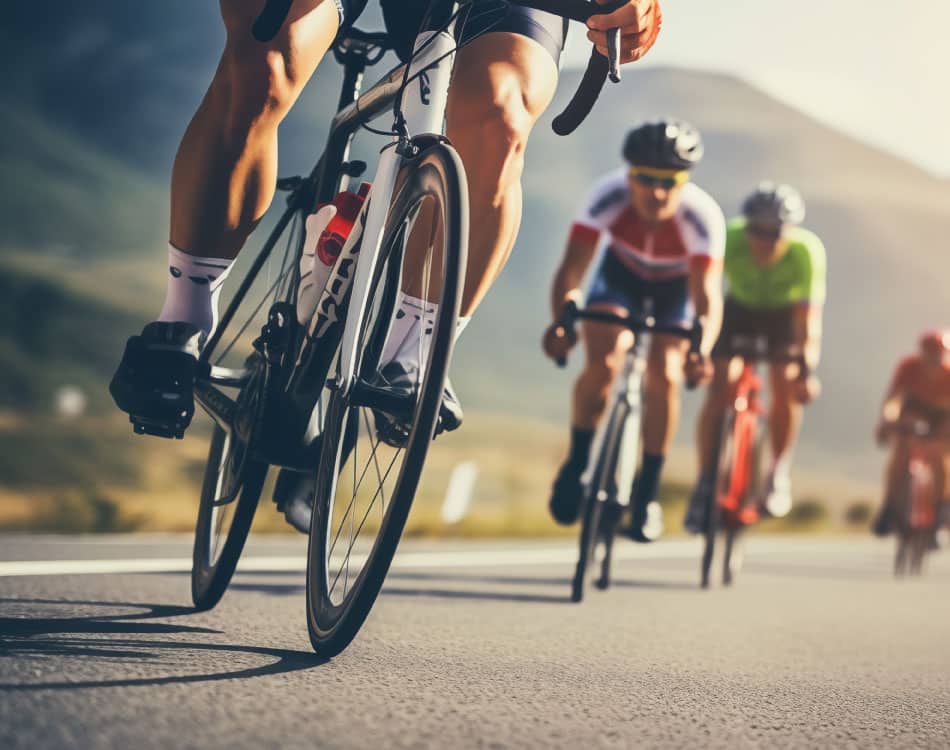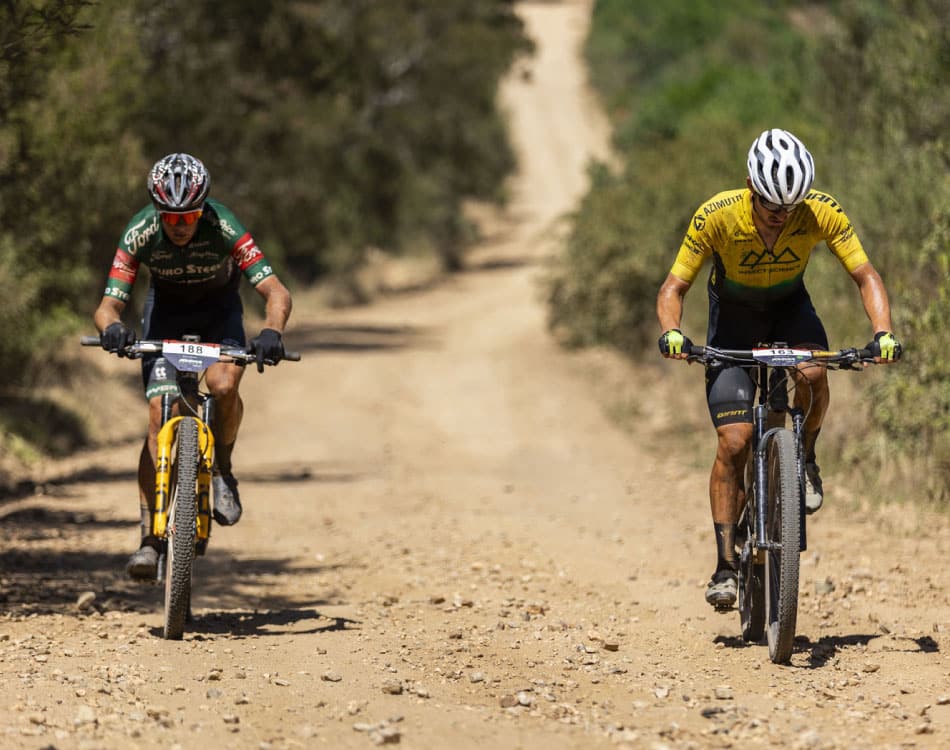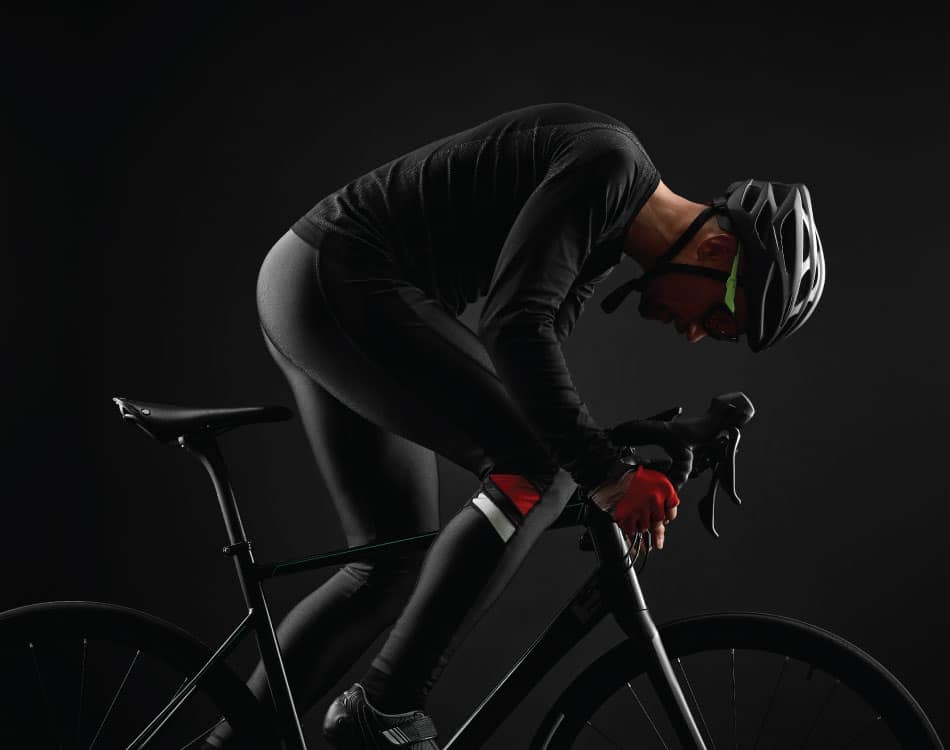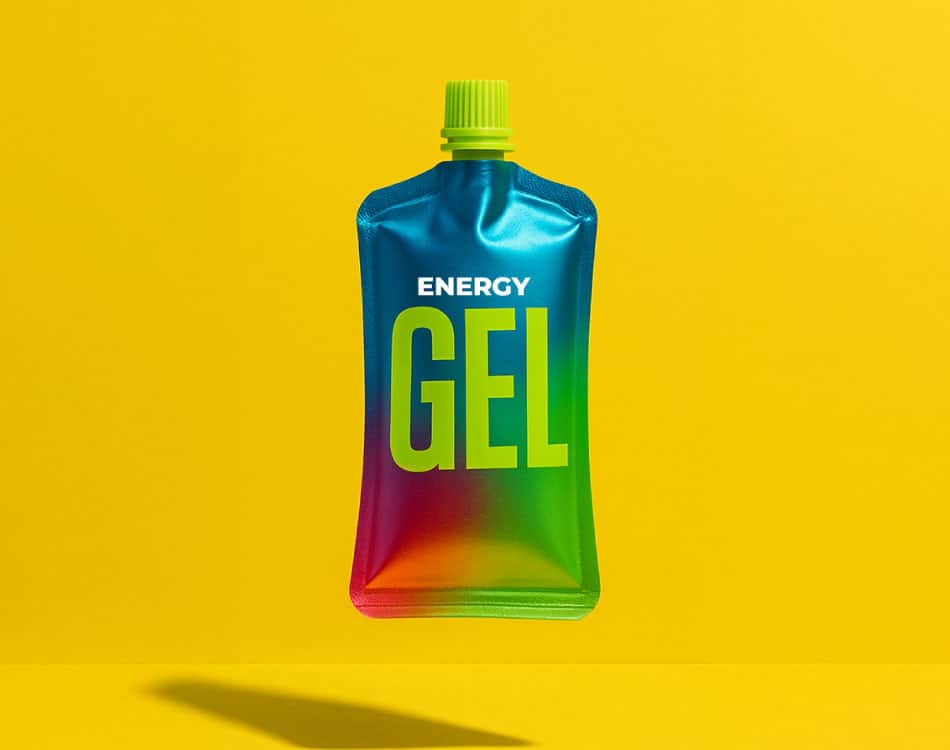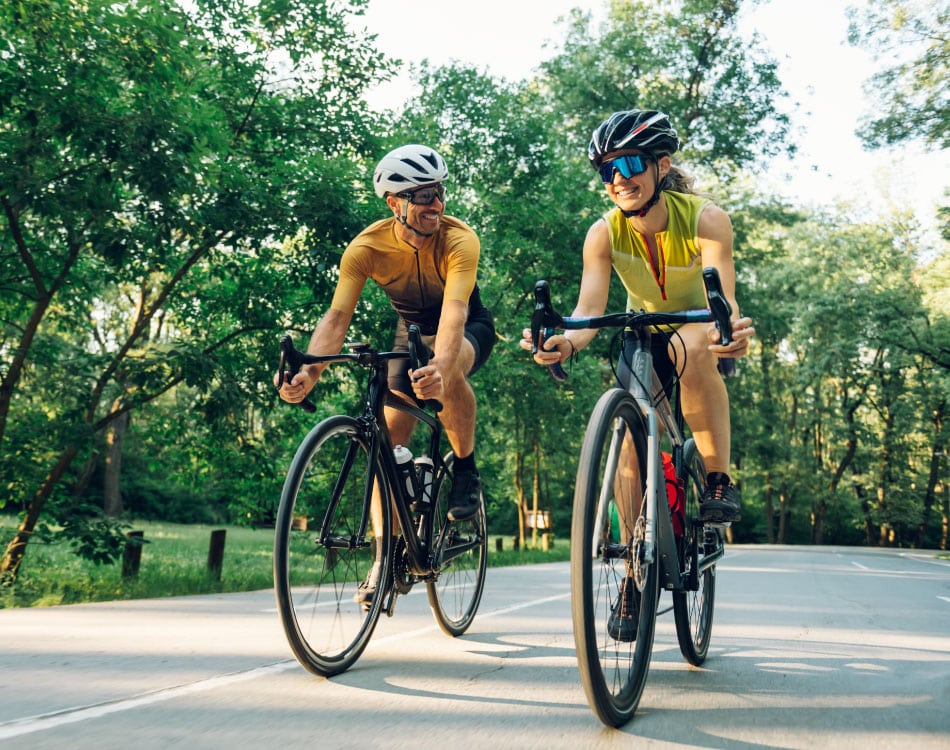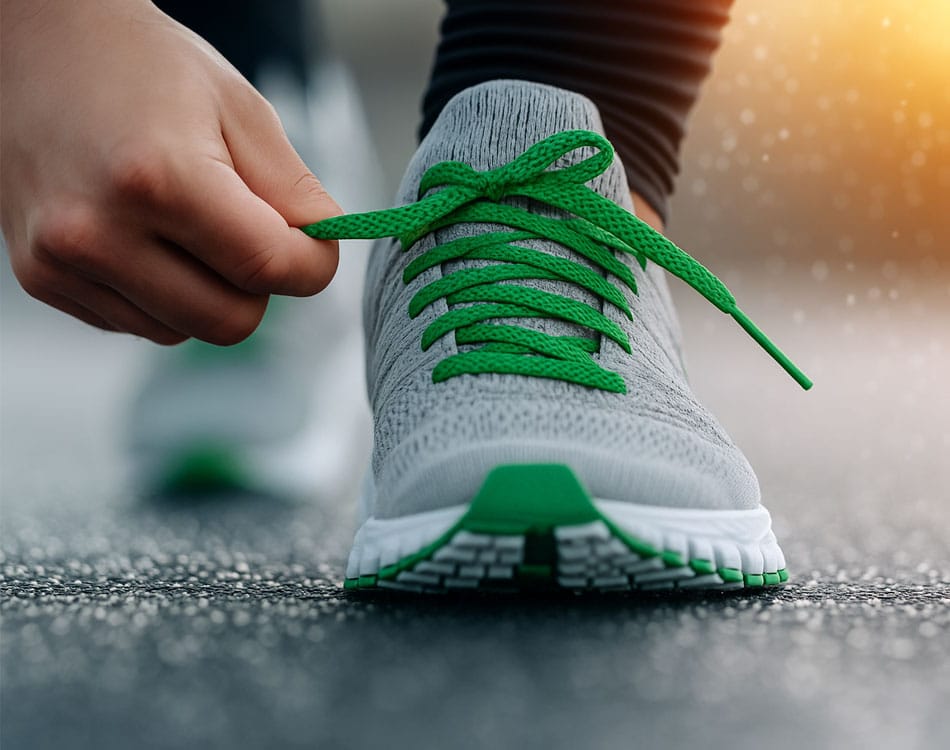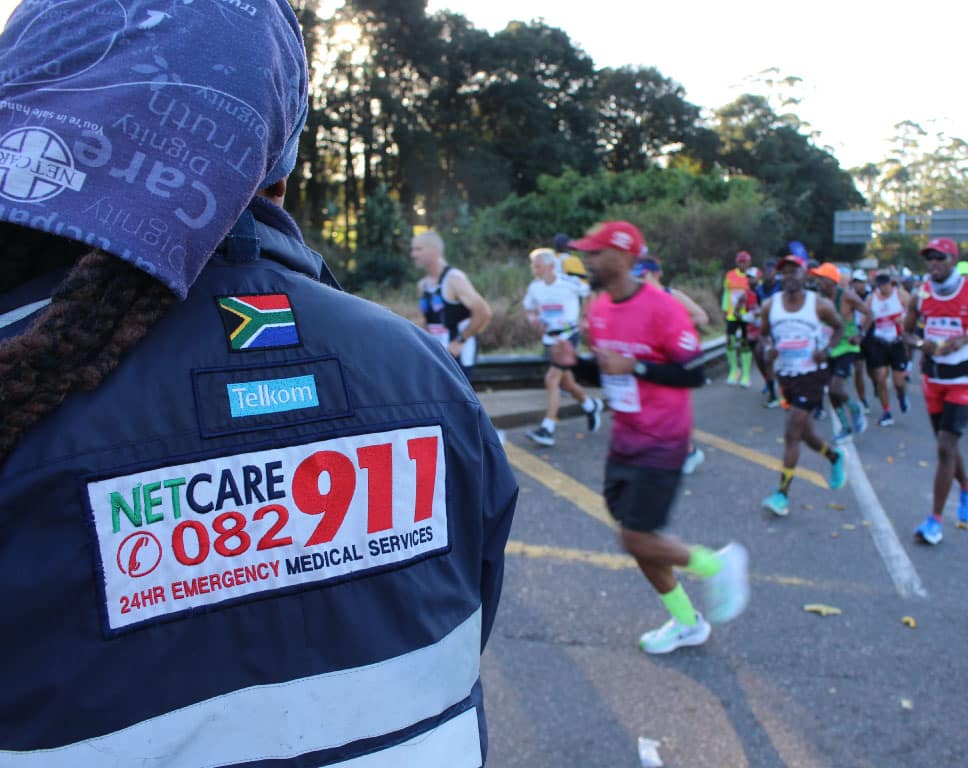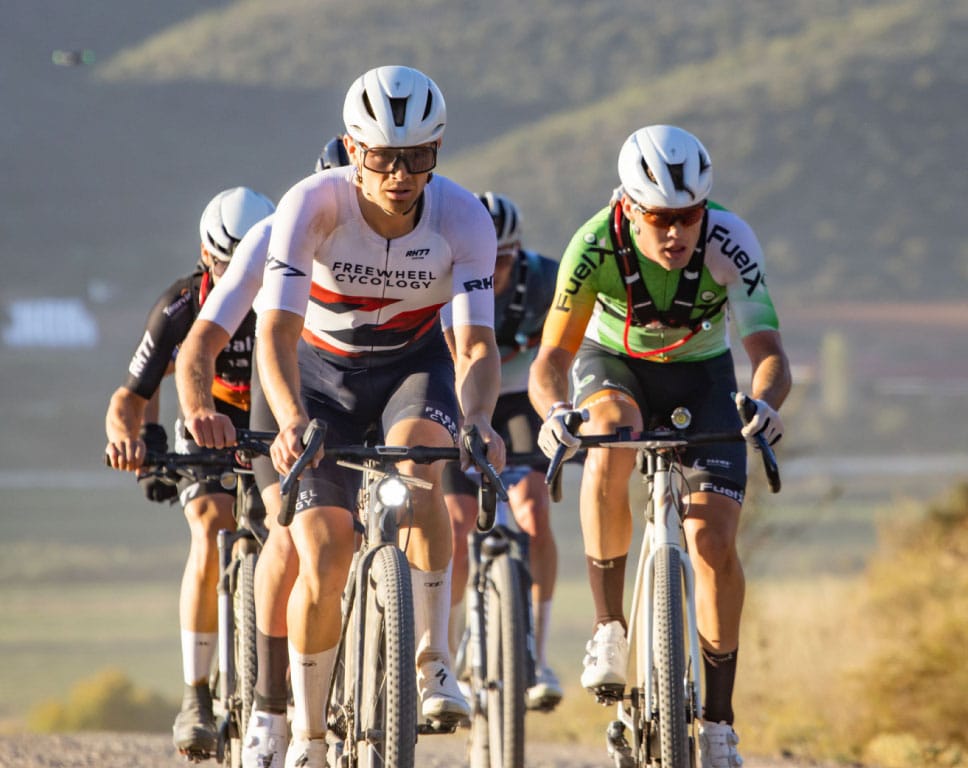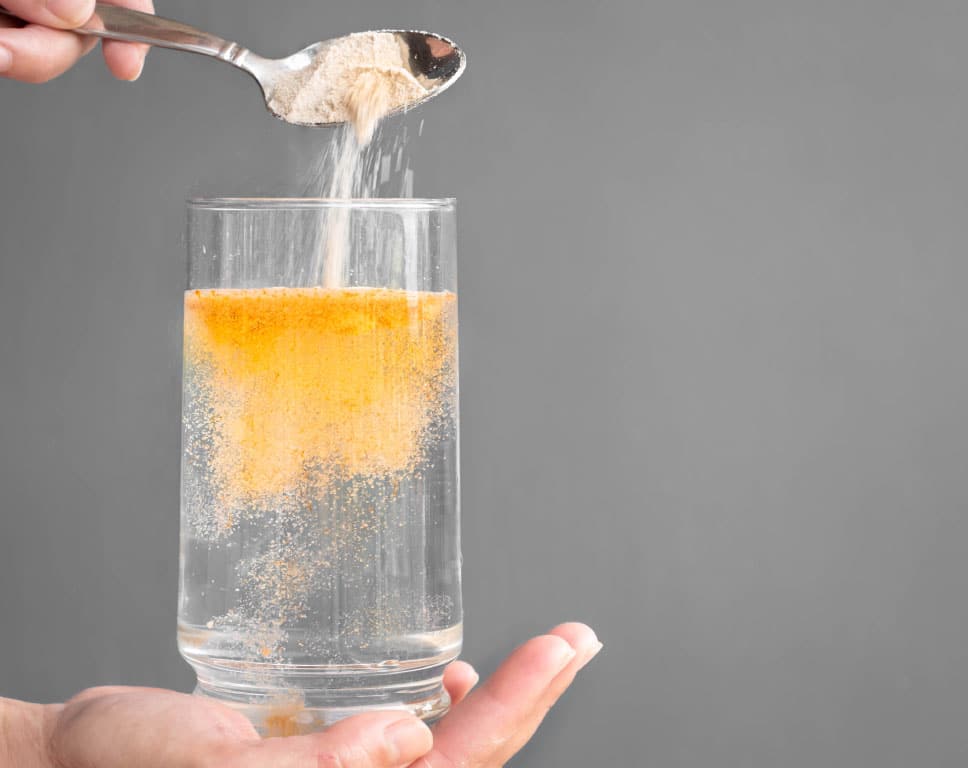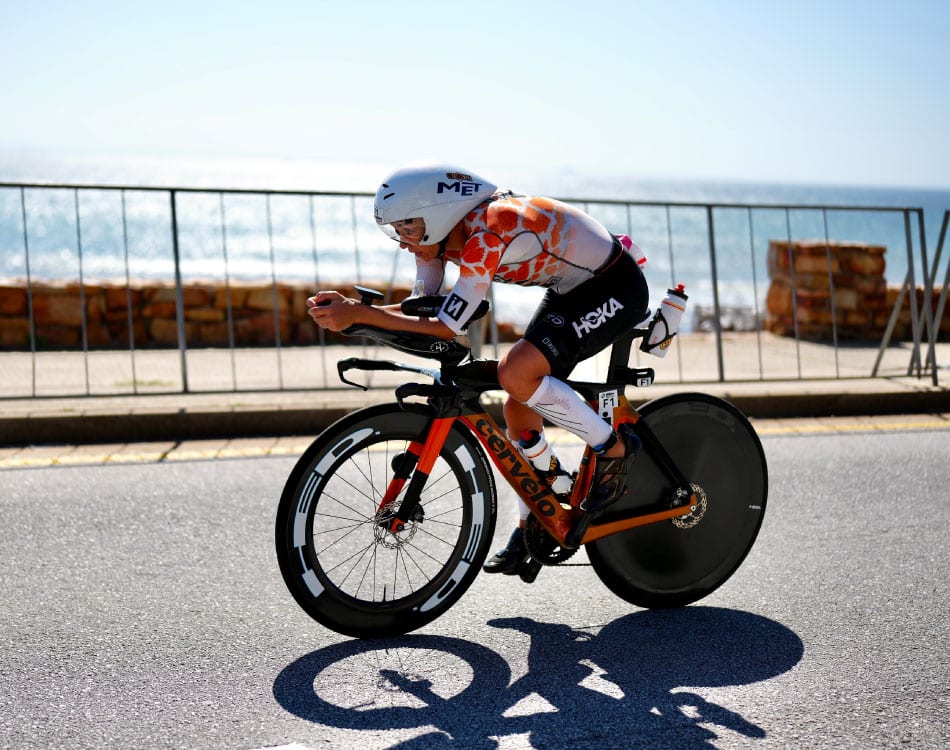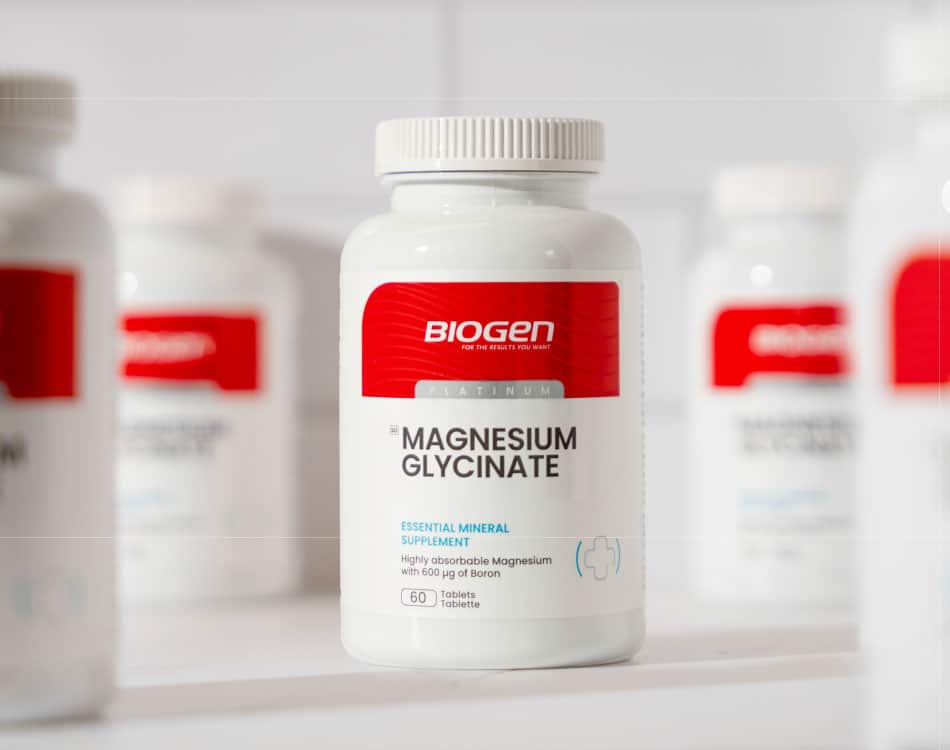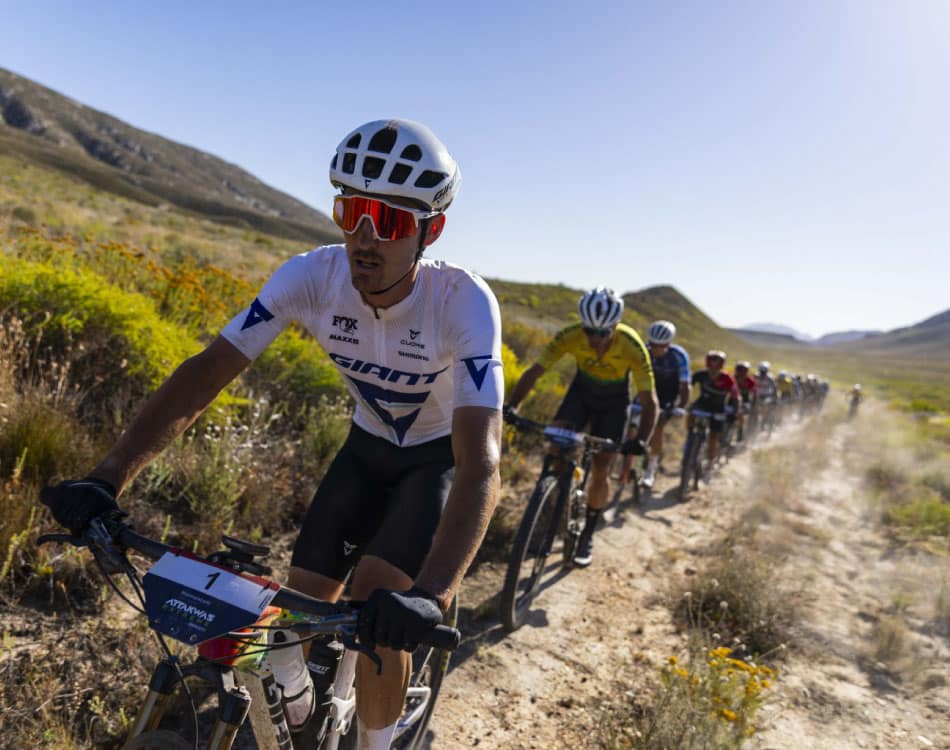When temperatures rise, cyclists sweat, a lot, which requires a solid hydration plan to beat the heat and ride to glory.
Every year, nearly 30,000 cyclists take to the streets of South Africa’s biggest city for the Virgin Active Ride Joburg 947 cycle race, with some riding through the midday and afternoon heat to earn a coveted finisher’s medal.
When riding for longer than an hour, particularly in hot and humid conditions, cyclists need to consider their hydration needs, in addition to meeting their energy demands.
READ MORE | Sweat science: How conventional thinking around optimal hydration is shifting
Water alone can’t hydrate
In fact, a 2021 study1 determined that hydration is just as important as your carbohydrate intake during push-to-the-finish cycling in the heat.
While the biggest benefit from electrolytes emerged in short-duration, all-out time trials, the researchers concluded that cycling performance improved during a slightly longer time trial following the consumption of either an electrolyte or carbohydrate-based energy drink when compared to water.
That essentially means when the sweat starts pouring, water alone won’t cut it. You want to add electrolytes to replace the minerals lost through sweat, which the body needs to conduct electrical activity for muscle contractions, nerve impulse transmission and various other bodily functions.
READ MORE | Don’t water down your performance: Optimise hydration with these supplements
Add electrolytes for better performance
From a cycling perspective, electrolytes are vital for maintaining fluid balance. Relying solely on plain water or carbohydrate-based energy drinks can leave you feeling bloated and will reduce your desire to drink sufficiently to replace lost fluid.
Plain water, especially treated water, also lacks important electrolyte salts like sodium, chloride and potassium, which we need to help regulate and maintain fluid balance.
The correct concentration of these electrolytes in our bodies ensures we absorb fluid during exercise, whereas an imbalance could lead to poor absorption that results in dehydration, bloating, and a waterlogged gut.
Other symptoms associated with an electrolyte imbalance include muscle spasms, dizziness, fatigue, nausea, constipation, dark urine, decreased urine output, a dry mouth and smelly breath, dry skin, muscle weakness or stiff and achy joints.
READ MORE | Your guide to electrolytes and optimal hydration
Getting your hydration on point
When it comes to hydration strategies, it seems simply drinking to thirst or according to a planned structured intake are appropriate recommendations, based on findings from a 2017 meta-analysis2.
The most important consideration is not waiting until you’re very thirsty to start drinking. Taking little sips on an electrolyte solution like Biogen Electrolyte+ early and often when you start your ride is a sensible approach.
However, it is important to not over-hydrate by drinking too much liquid, especially drinks that do not contain electrolytes.
Excessive fluid intake can dilute electrolyte concentrations (particularly sodium) in the blood, which can lead to a condition known as hyponatraemia3.
This condition can lead to various symptoms that range from mild to serious, including nausea and vomiting, a headache, confusion, disorientation, drowsiness, slurred speech, fatigue or muscle weakness, spasms or cramps, restlessness and irritability, and in severe cases, seizures, coma or even death.
A smart way to get additional electrolytes without adding more liquid to your system is with a gel like 32Gi Cramp Assalt Electrolyte Gels, gummies like Biogen Energy Chews or tabs from a product like USN Cramp Block.
Estimating your hydration needs
One way to determine how much to drink on the bike in any situation is to conduct a 60-minute sweat test:
- Step 1: Hydrate well during the day.
- Step 2: Weigh yourself without clothes on. Note your weight.
- Step 3: Head out for a time trial at racing intensity for 60 minutes. Don’t drink during the ride.
- Step 4: After your ride, strip down, towel off any sweat and weigh yourself again.
- Step 5: Perform the test a few times to get an average reading.
The difference in the weight in grams will equate to your total fluid losses in millilitres (ml). Normal fluid loss is typically 500-1000ml per hour.
You should aim to drink a minimum of 75% of this value per hour during your race or long training rides, alternating between an electrolyte and energy drink, or using a combined product.
When you get your hydration on point by consuming electrolyte replacement drinks, like USN Purefit Hydrator and Lifestyle Health Electrolyte Fizzy you may find that you perform better and reduce your risk of dehydration and muscle cramps on the day4, which means a more enjoyable experience on race day or even a new PB.
You also support your recovery demands by replacing what hard efforts in the heat take out of your body through sweat.
References:
- Berry CW, Wolf ST, Cottle RM, Kenney WL. Hydration Is More Important Than Exogenous Carbohydrate Intake During Push-to-the-Finish Cycle Exercise in the Heat. Front Sports Act Living. 2021 Oct 21;3:742710. doi: 10.3389/fspor.2021.742710. PMID: 34746777; PMCID: PMC8568039.
- Holland, Justin & Skinner, Tina & Irwin, Christopher & Leveritt, Michael & Goulet, Eric. (2017). The Influence of Drinking Fluid on Endurance Cycling Performance: A Meta-Analysis. Sports Med. 47. 10.1007/s40279-017-0739-6.
- Rosner, M. H., & Kirven, J. (2007). Exercise-associated hyponatremia. *Clinical Journal of the American Society of Nephrology*, 2(1), 151-161.
- Goulet, E. D. B. (2012). Effect of exercise-induced dehydration on endurance performance: Evaluating the impact of exercise protocols on outcomes using a meta-analytic procedure. British Journal of Sports Medicine, 47(11), 679-688.

